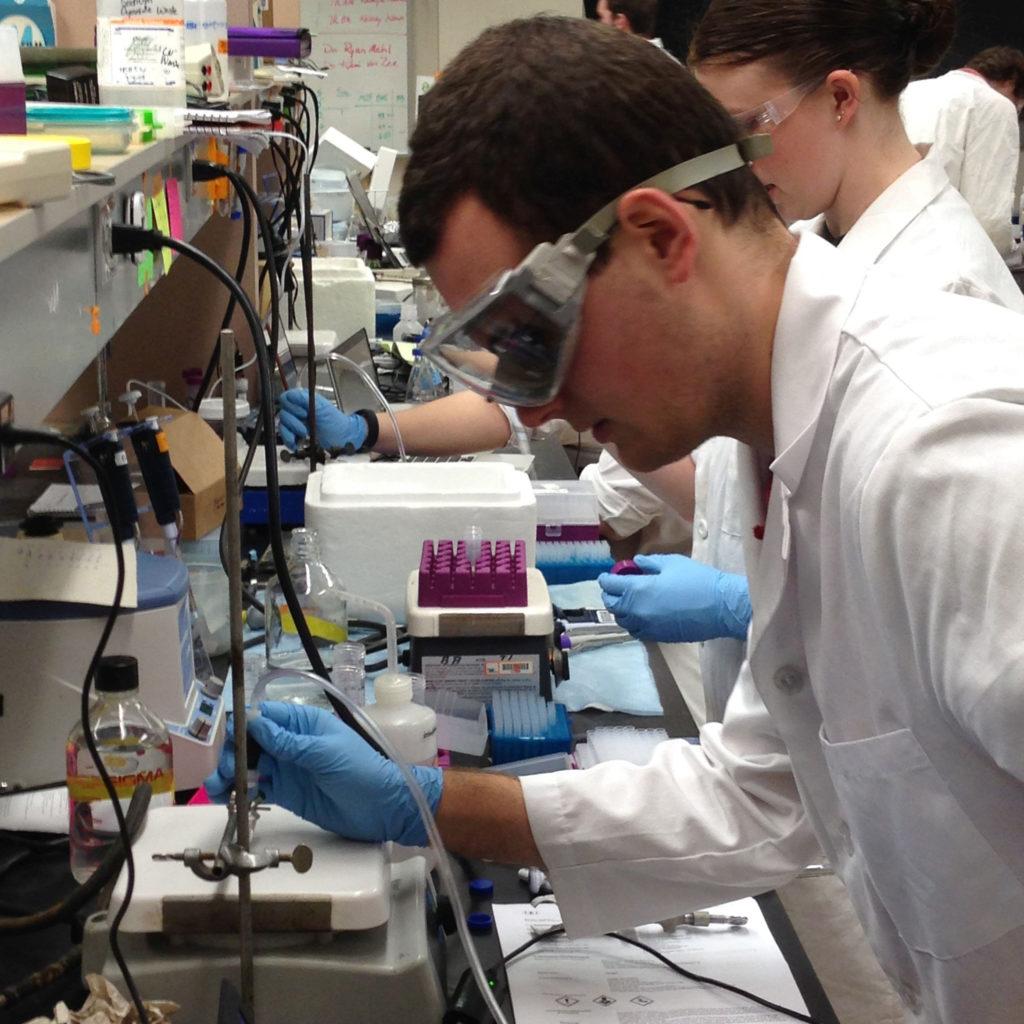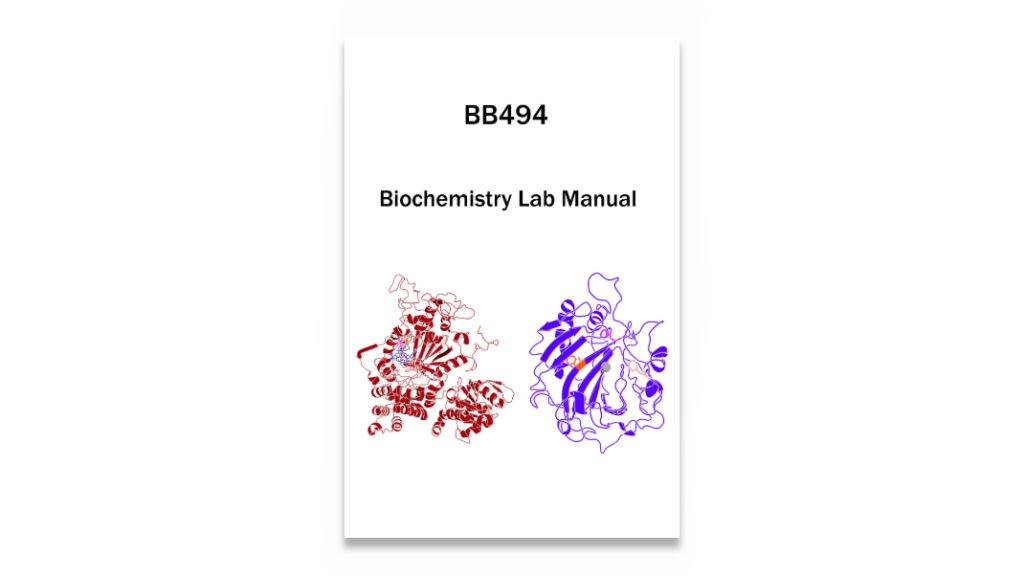
By Kari van Zee
Over the last five years, the biochemistry faculty at Oregon State University have provided undergraduate students with the unique opportunity to participate in a 10-week, hypothesis-driven research experience related to genetic code expansion. This laboratory course helps promote the development of teamwork, communication, and advanced experimental planning skills in addition to chemical biology and biochemistry learning outcomes.
During the “Chemical Biology & Biochemistry Laboratory Using Genetic Code Expansion” course, teams of students design, synthesize, and evaluate the structure-function relationships of proteins containing non-standard amino acids by genetic code expansion. Central to the data-collection process is the use of Vernier sensors, including a spectrophotometer such as the Go Direct® SpectroVis® Plus and a gas pressure sensor such as a Go Direct Gas Pressure Sensor.
Our department originally used professional-grade spectrophotometers, which cost approximately $8,000 each, for this course. Given this cost, we were only able to purchase two of the devices, which in turn led to a large bottleneck of students waiting to use the equipment. By switching to Vernier technology, we were able to save money, purchase more equipment, and eliminate the bottleneck. And, the technology is sophisticated enough to provide more than sufficient data for this level of experimentation.

The robust and versatile nature of the Vernier equipment allows students to collect a variety of data points on their given protein. For example, students can monitor the hydrolysis of para-nitrophenylacetate to para-nitrophenol by carbonic anhydrase using the Go Direct® SpectroVis® Plus Spectrophotometer. Or, for catalase HPII, students can monitor the hydrolysis of hydrogen peroxide by using a Vernier gas pressure sensor to monitor oxygen levels. All of the data collection must be completed during the three-hour lab sessions each day, so it is essential that we have reliable and accessible technology like we have from Vernier.
Moving away from traditional, cookie-cutter experiments has provided our undergraduates with the unique opportunity to generate non-canonical protein variants that have never been produced before. This exposes students to the novel research they will experience in graduate studies and the workforce, while teaching and reinforcing essential basic biochemistry skills. As a result of this research-based course, some of our students’ work has been published in journals. In addition, this course has helped many of our students secure jobs upon graduation as they are able to reference their proven ability to conduct high-level research and solve problems in a team setting.
Today, anywhere from 70 to 90-plus undergraduates complete this laboratory course at Oregon State University each year—a significant jump from when we first implemented it. Just as we have been able to expand the course to meet student demand, other universities looking to replicate a similar program can easily adapt and scale the course as needed to meet the interests, demographics, and resources of their institution.
- Kari van Zee
- Oregon State University
- Corvallis, OR
